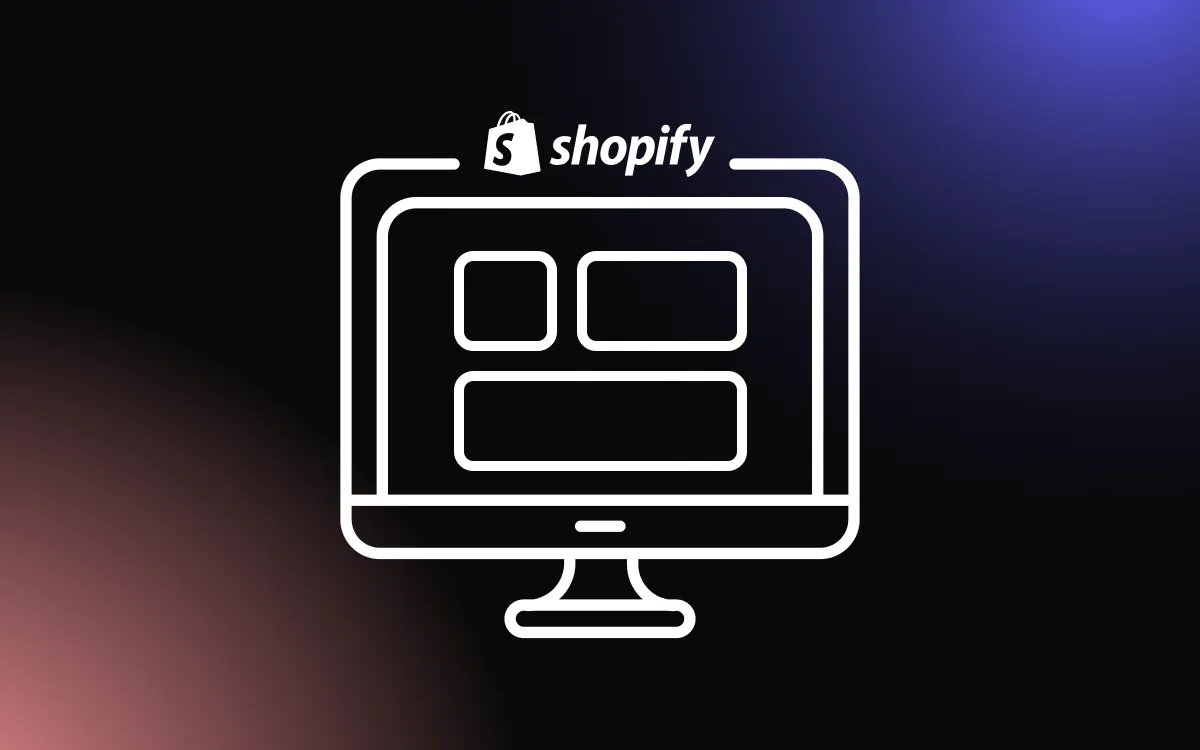
If you’re looking to build a B2B e-commerce business, there’s never been a better time. There are countless options out there for you to get most of what you need out-of-the-box, with B2B e-commerce platforms like BigCommerce, Squarespace or others.
But not all B2B e-commerce platforms are created equal; some will be far more suited to your needs than others.
In B2C, it’s all about the number of sales, but in B2B there’s an element of quality. When 80% of the business’s revenue comes from 20% of customers, every conversion you lose because of a sub-par site could have been the one that turned your business around. It’s no surprise that B2B e-commerce grew by nearly ten billion dollars from 2019 to 2020.
With the right B2B e-commerce platform, you could find yourself getting the site you’d wanted to build right off the shelf. With that in mind, let’s go over the different types of e-commerce platforms and what you should look out for.
While You Are at It, Learn More About Choosing the Right E-Commerce Platform To Develop An App For
What Is a B2B E-Commerce Platform and Why Is It Important?

In an “API-first economy”, companies like AWS and Stripe turn whole business functions like payments or infrastructure into cheap software services. This allows businesses to focus on what they do best, rather than spending months building those departments themselves.
In a similar vein, platforms like Shopify and Squarespace offer pre-made design templates, cheap e-commerce hosting, and payment handling to get e-commerce retailers up and running as fast as possible. This is nice for B2C sellers like dropshipping companies who are running lean operations and selling fast and cheap, but many B2B sellers are hesitant to take advantage of these platforms.
They want the customization and control that comes with running their own site on their own servers. But as we’ll see, there are plenty of out-of-the-box options for B2B e-commerce retailers that give them as much flexibility as they could want.
In today’s e-commerce environment, B2B buyers anticipate similar experiences to those found on glossy shopping sites like companies selling on Amazon or Instagram. They want a simple, user-friendly experience that mostly just helps them serve themselves.
It’s not enough to have the best product at the best price. As in any kind of SaaS customer service, buyers need a smooth online experience to convert, whatever device they’re on. If they’re starting up today, the easiest way for a B2B seller to achieve that is with a B2B e-commerce platform.
Types of B2B E-Commerce Platforms
When looking at e-commerce software, it’s critical to understand the differences between “open source”, “cloud-based”, and “SaaS” solutions since the platform determines how your business will operate at a deep level. Depending on the type, you might have to do a lot of development work to tame the platform into working for your specific needs.
SaaS B2B e-commerce is the model where you’ll pay a monthly fee to “rent” access to your site. Your site is often built from one of the company’s templates and comes with lots of first-party plugins. That’ll keep your accounting and cybersecurity teams very happy as it’s a cost-effective, all-in-one solution with providers who can afford best-practices security.
Some examples of SaaS e-commerce platforms to look for include ShopifyPlus, BigCommerce, and Zoey Commerce.
Open-source e-commerce software like Magento and OroCommerce lets you examine, pull apart, and refactor every line of code to meet your own needs. Because open-source software is developed in public, with anyone able to scrutinize it, it’s often highly secure code: if there’s a vulnerability, it won’t be long before someone sends in a fix for it.
Open-source software may or may not be hosted on your own on-site infrastructure. This level of control might feel better than trusting a cloud provider with your customer’s sensitive data, but it puts you on the hook for all kinds of compliance issues around making sure that data is as secure as you can make it.
What To Look Out For
Functionality
Because SaaS platforms are mostly aimed at B2C and smaller customers, it’s their business to do as much of the work for you. If you’re new to e-commerce, launching a lean startup is the solution for you.
Even if you’re an experienced developer, you’ll stand to gain if you can have 90% of the work done by the theme designer. But for B2B retailers who need specialized capabilities to satisfy their needs, this might not be up to scratch without extensive modification. By the time you’re done, you might have a worse solution than if you’d just started from scratch.
Maintenance

In SaaS, the software vendor maintains the platform. Updates, bug fixes, and security patches will be performed automatically. This is great for keeping your software up-to-date and secure, but you’re probably all too aware of how an update can break a complex piece of software. While the provider will test everything on their end thoroughly, unexpected updates could break your custom integrations at the worst possible time.
With open-source software, you’ll have full control over what you update and when, but as your platform grows that might be more overhead than you can afford to spend not developing new capabilities.
Security Compliance
For e-commerce merchants, security compliance is essential. It ensures that your customers’ data, including credit card numbers, are kept safe as it moves through your site and stays on your servers.
Depending on your infrastructure, this will either be your responsibility or that of your platform provider. Because they build their brands around securing the data on their servers, cloud-based platforms have best-practices security and maintain compliance with all major markets like the EU with its GDPR legislation.
If you use an open-source solution, you’re responsible for hosting and ensuring that all security concerns are accounted for. If there’s any ambiguity around this, ask the software maintainer or other successful users of the software.
Integration
When you’re building a company out of “lego bricks” like AWS and Stripe, it’s important to think about how data will move around the company. Integrating software and data will enable the different parts of your business to seamlessly work together, and how you integrate those services can give you an advantage over competitors using the same tools.
Integration links your systems together so you can automate tasks like order fulfillment, inventory management, and customer service. This enables quality-of-life upgrades like automatic number identification, which tells your customer support team who’s calling. For the customer, that shows you’re a more joined-up organization than the competitor that has to ask for a name every time.
If you don’t integrate, you’ll be stuck manually transferring data between different spreadsheets. This is a waste of time and money, and it risks human error at every entry.
When looking for e-commerce platforms, consider how a new platform will integrate with your ER or other backend systems. Is it capable of handling information from your sales CRM? From your logistics partners? It will be easier to integrate services into a cloud-based platform with a fully-featured API than it would be to integrate the legacy style of on-site software.
Purchase Requirements

The most important part of your B2B e-commerce platform is purchase handling, so you need to know exactly what your requirements are. Unlike B2C a B2B buyer typically places a big order, which requires certain features to make sure every transaction is processed smoothly. Think about pre-purchase, purchase, and post-purchase.
Pre-purchase, it should be easy for decision-makers in one account to make “child accounts” for employees, gating certain features like permissions and payment limits. On your end, you should be able to set certain properties for groups such as discount pricing or CRM notes for your team. See what data you can collect and work with on these groups to enable the kind of personalization in customer service that makes Amazon such a success.
At the point of purchase, customers should be able to customize products and see their pricing updates based on that. Quotes, purchase orders, and other documents should be able to be created, modified, and approved online natively or with a contract generator free software.
Customers should be able to save shopping carts or lists for later use, making it simple for them to repeat a previous order. It should be seamless for you to automate emails to customers with the same bulk email service and email verification service you use for your branded marketing emails. Order fulfillment should be highly automatable. And the customer experience is improved by having the proper information available across platforms.
And post-purchase, your salesperson should be able to easily access information to resolve customer queries, add customers, and create or update orders in the system. This is more important than it is in B2B as salespeople are in closer contact with the customer, especially the key accounts who give you repeat business.
Conclusion
There are so many factors to consider when picking the right B2B e-commerce platform for you. When comparing features, you have to have a clear idea of who your customer is and what you’ll need to serve them as best you can.


